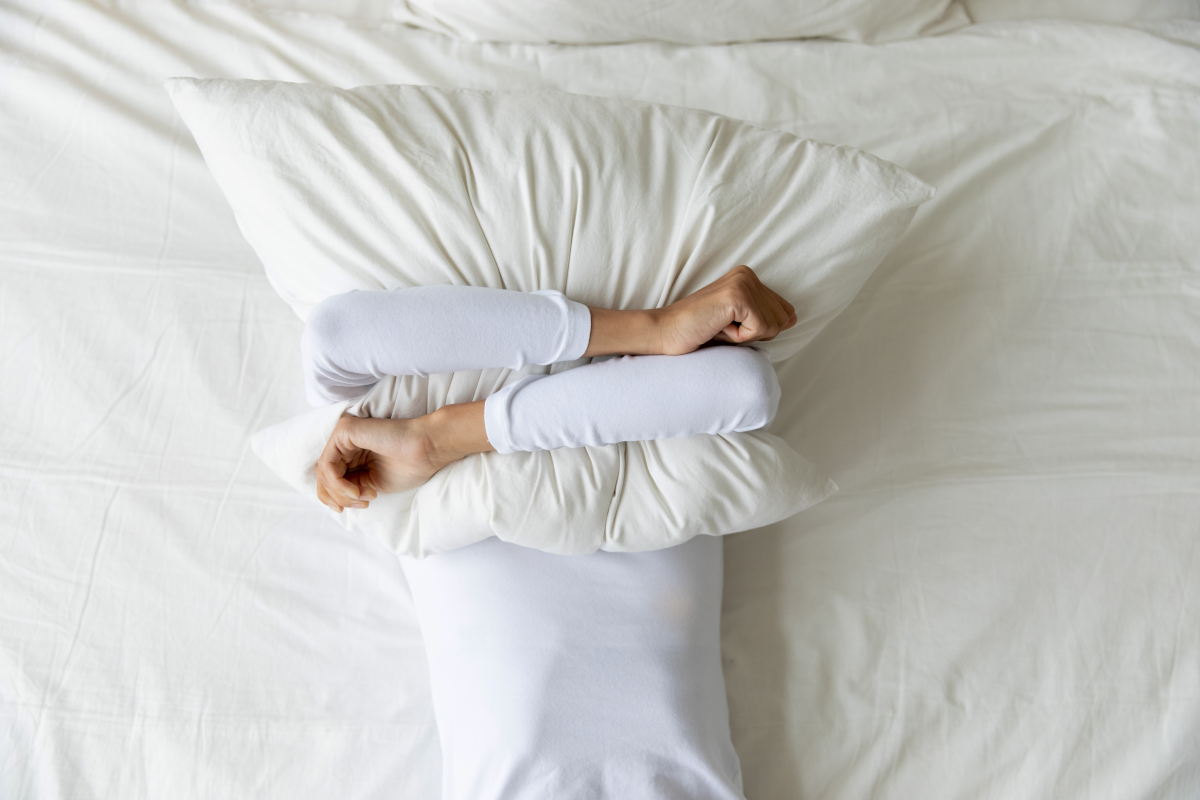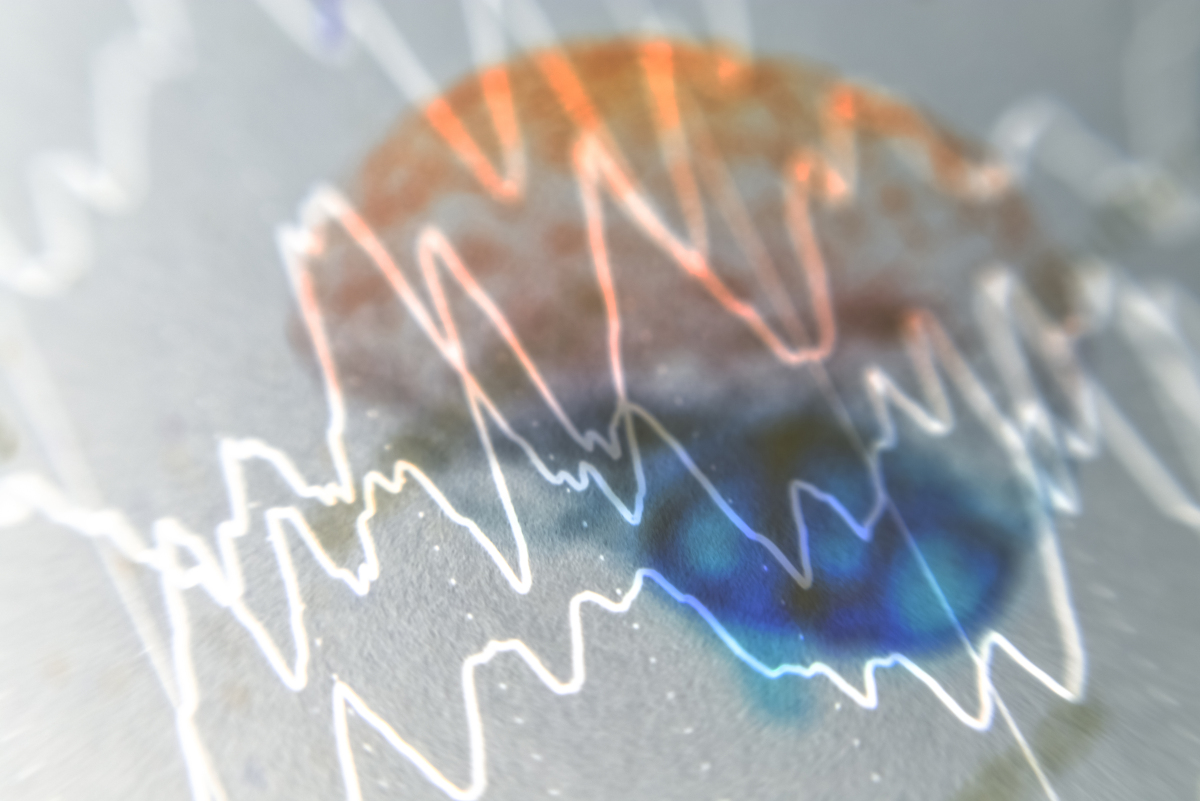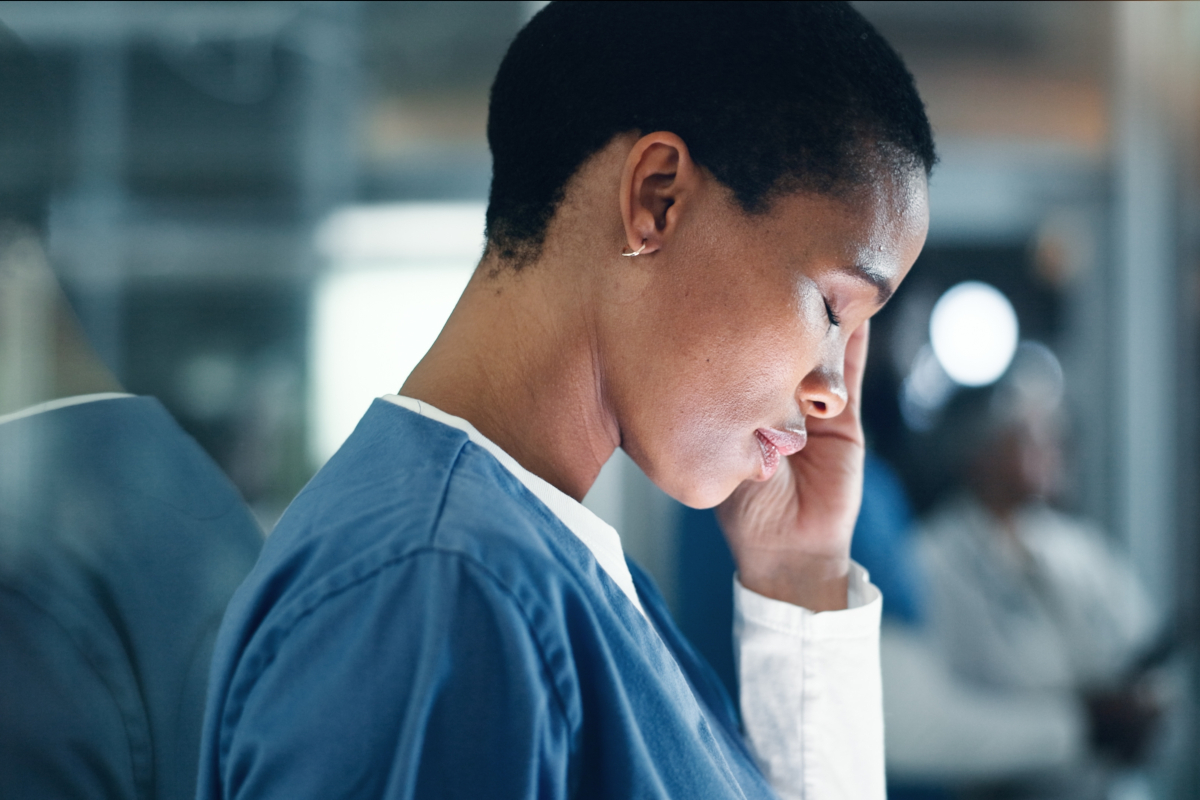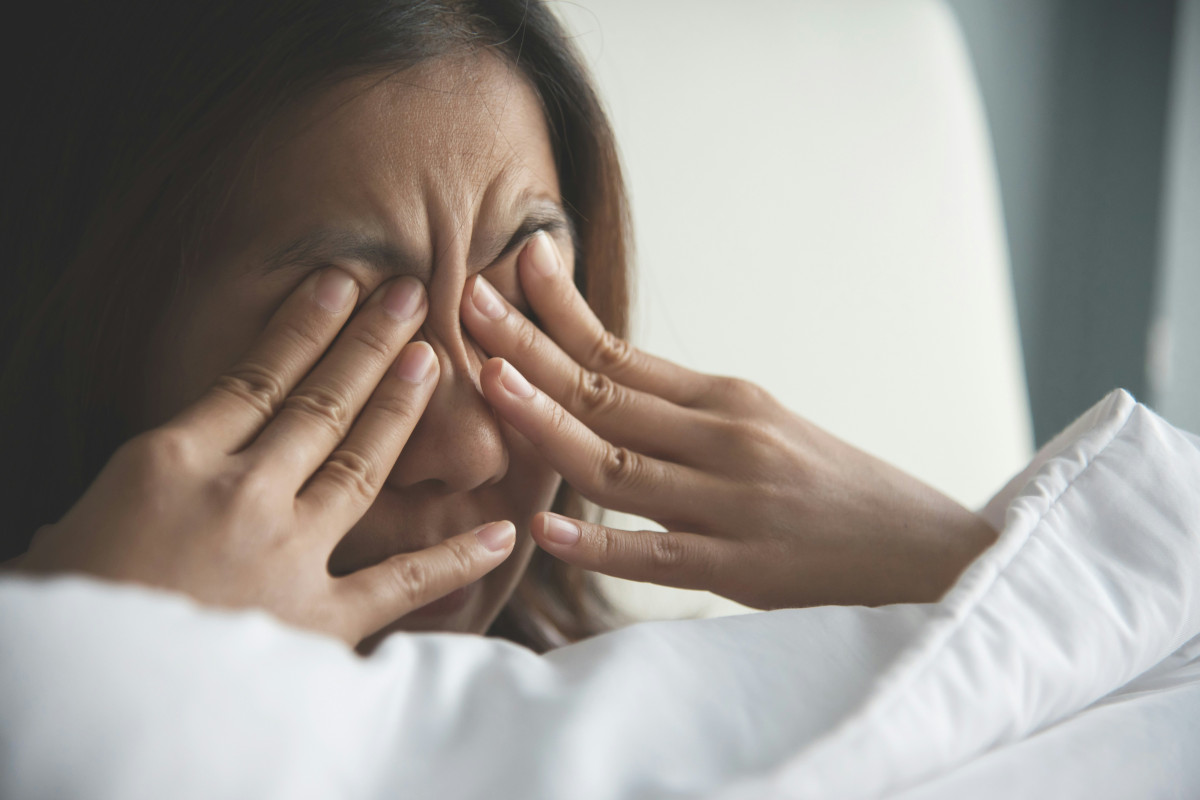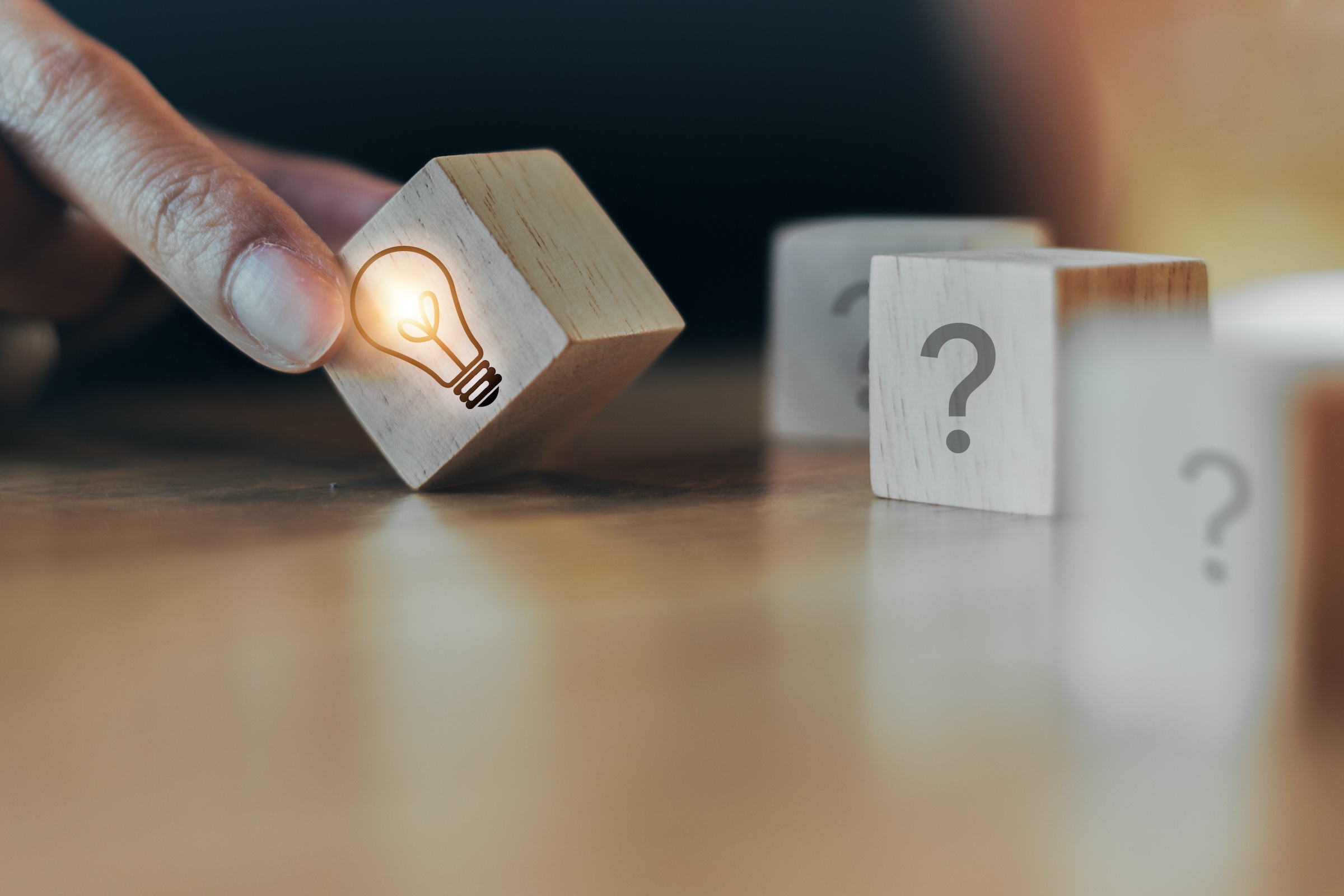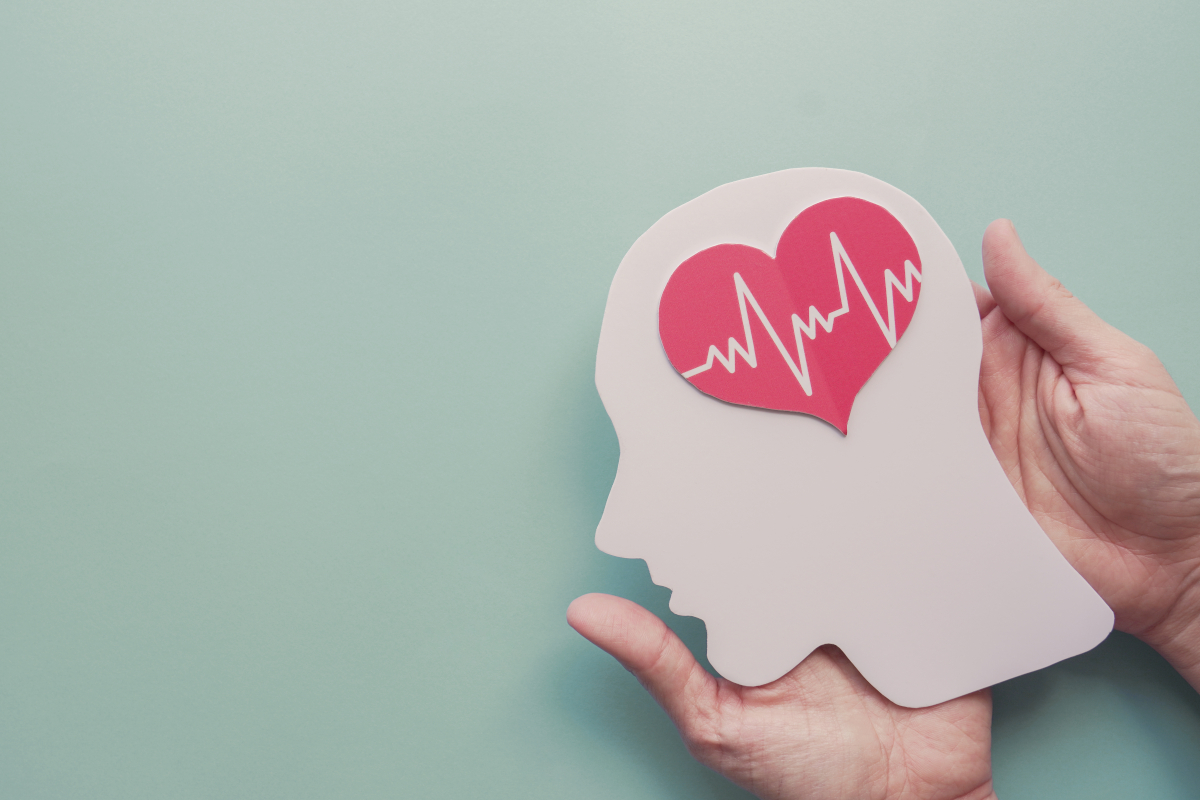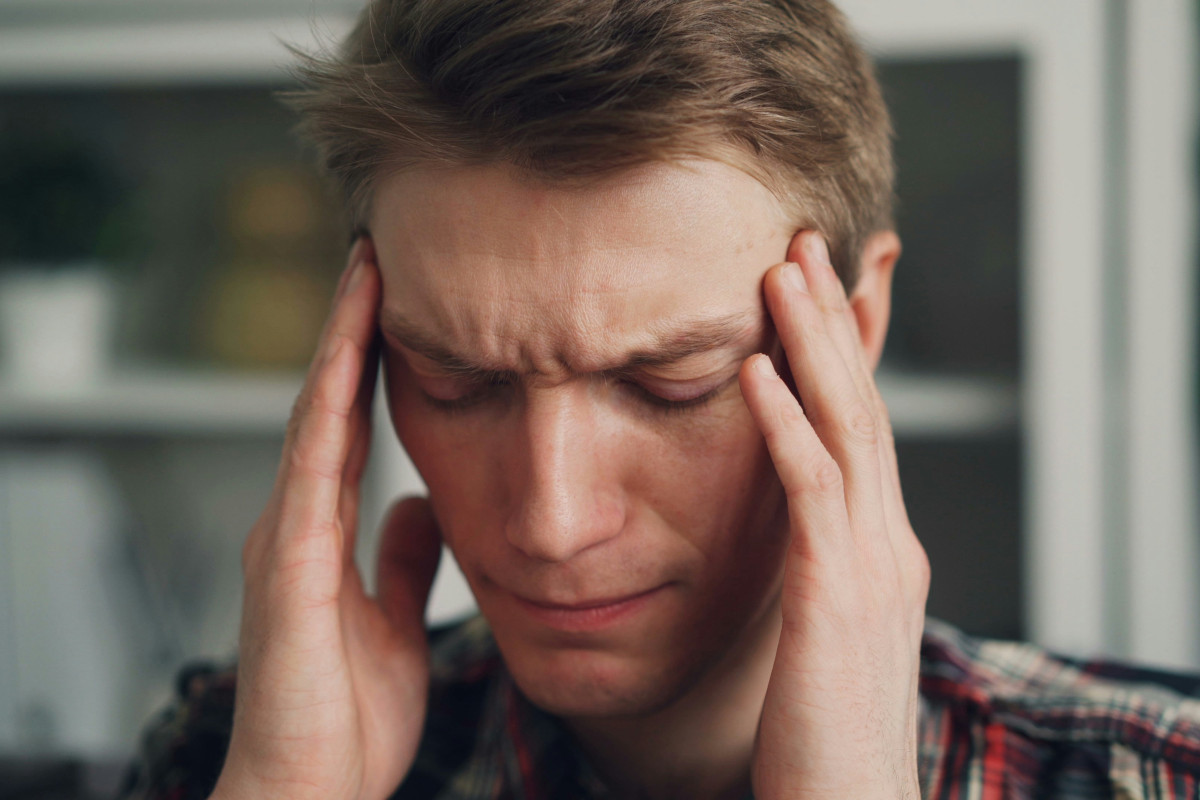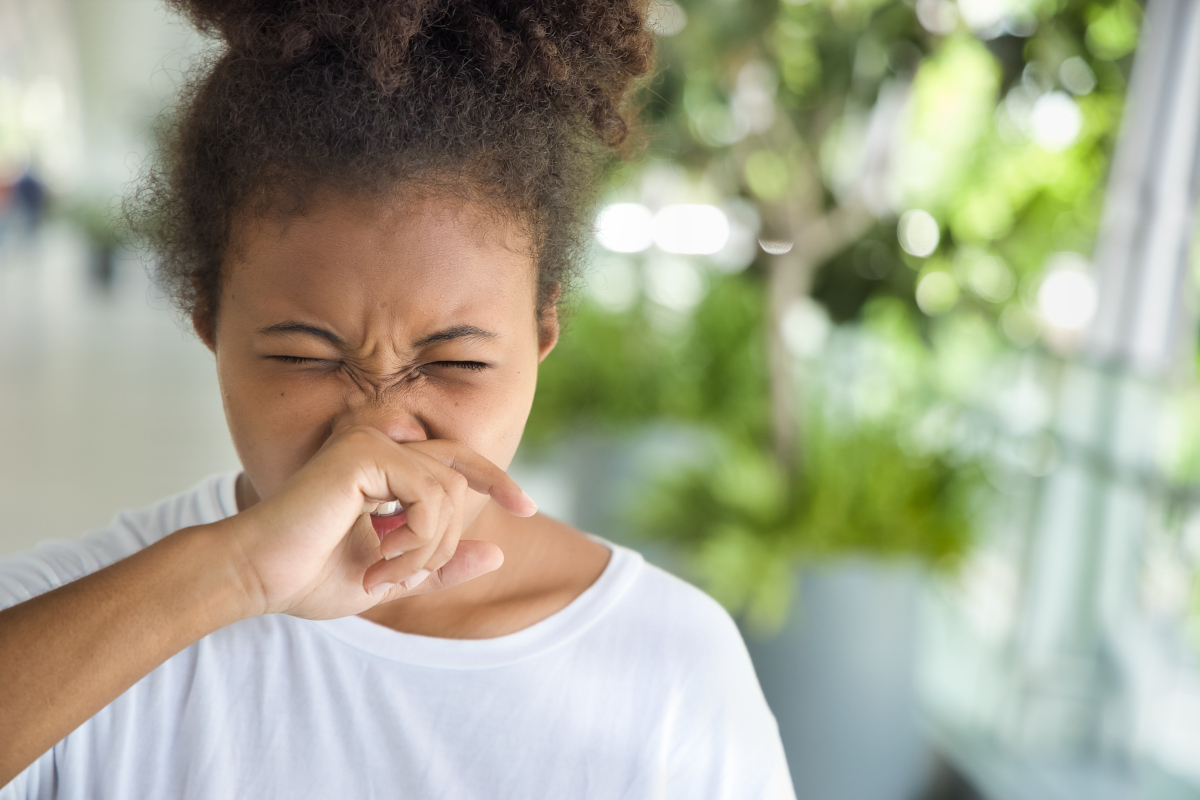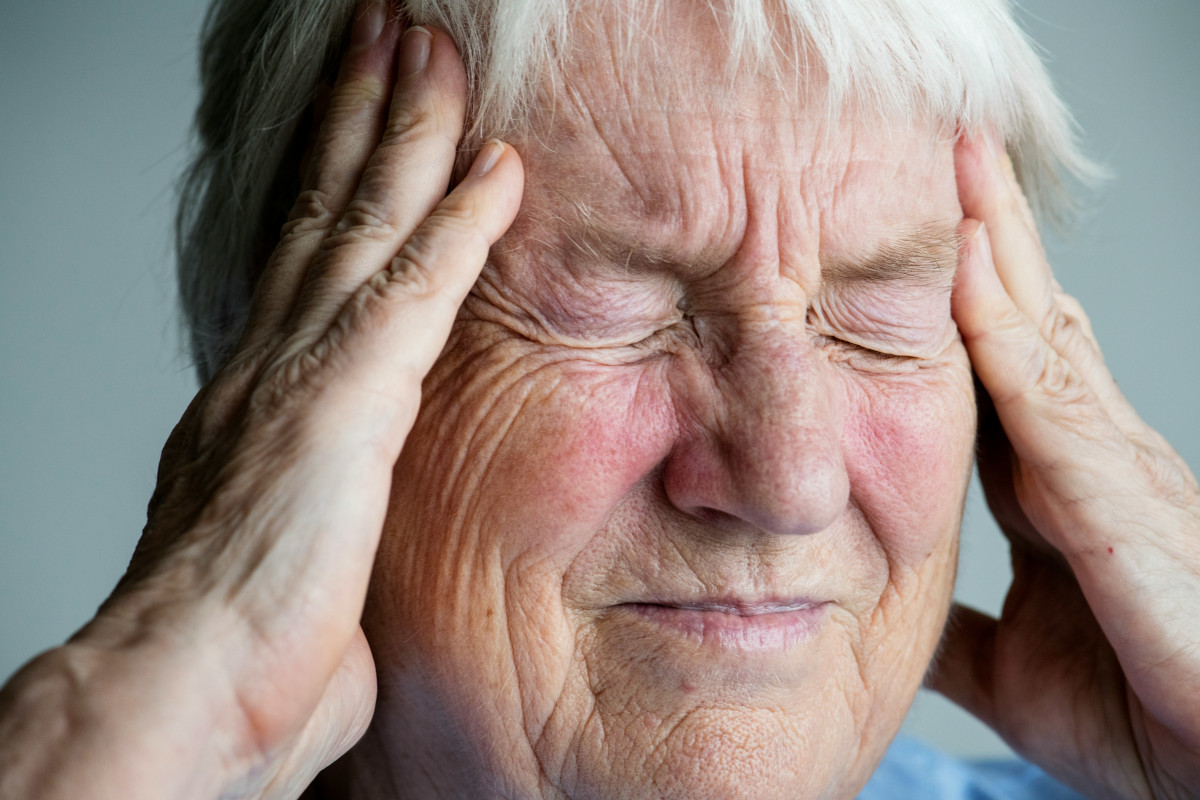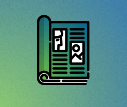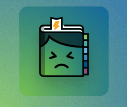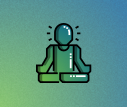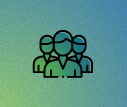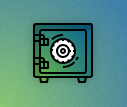Headaches: a real burden
People with migraines and tension-type headaches often feel their suffering isn’t taken seriously. Because their pain isn’t visible, it’s easy for others to dismiss it as minor or unimportant. However, the impact on their lives is significant.
Medical research attempts to make the effects of headaches more visible, by studying how headaches limit daily activities. The hope is that this will help others better understand the challenges faced by sufferers and lead to more empathy.
-
References
Boardman HF, Thomas E, Millson DS, Croft PR. Psychological, sleep, lifestyle, and comorbid associations with headache. Headache. 2005 Jun;45(6):657-69. doi: 10.1111/j.1526-4610.2005.05133.x. PMID: 15953298.
Brandes JL. Migraine and functional impairment. CNS Drugs. 2009 Dec;23(12):1039-45. doi: 10.2165/11530030-000000000-00000. PMID: 19958041.
Brandes JL. The migraine cycle: patient burden of migraine during and between migraine attacks. Headache. 2008 Mar;48(3):430-41. doi: 10.1111/j.1526-4610.2007.01004.x. Epub 2007 Dec 28. PMID: 18179565.
Farris SG, Thomas JG, Abrantes AM, Lipton RB, Burr EK, Godley FA, Roth JL, Pavlovic JM, Bond DS. Anxiety sensitivity and intentional avoidance of physical activity in women with probable migraine. Cephalalgia. 2019 Oct;39(11):1465-1469. doi: 10.1177/0333102419861712. Epub 2019 Jul 1. PMID: 31260336.
Freitag FG. The cycle of migraine: patients' quality of life during and between migraine attacks. Clin Ther. 2007 May;29(5):939-949. doi: 10.1016/j.clinthera.2007.05.008. PMID: 17697913.
Guitera V, Muñoz P, Castillo J, Pascual J. Quality of life in chronic daily headache: a study in a general population. Neurology. 2002 Apr 9;58(7):1062-5. doi: 10.1212/wnl.58.7.1062. PMID: 11940693.
Hirata K, Sano H, Kondo H, Shibasaki Y, Koga N. Clinical characteristics, medication use, and impact of primary headache on daily activities: an observational study using linked online survey and medical claims data in Japan. BMC Neurol. 2023 Feb 21;23(1):80. doi: 10.1186/s12883-023-03122-9. PMID: 36809985; PMCID: PMC9942338.
Holroyd KA, Stensland M, Lipchik GL, Hill KR, O'Donnell FS, Cordingley G. Psychosocial correlates and impact of chronic tension-type headaches. Headache. 2000 Jan;40(1):3-16. doi: 10.1046/j.1526-4610.2000.00001.x. PMID: 10759896; PMCID: PMC2128255.
Jensen R. Diagnosis, epidemiology, and impact of tension-type headache. Curr Pain Headache Rep. 2003 Dec;7(6):455-9. doi: 10.1007/s11916-003-0061-x. PMID: 14604504.
Lipton RB, Pozo-Rosich P, Orr SL, Reed ML, Fanning KM, Dabruzzo B, Buse DC. Impact of monthly headache days on migraine-related quality of life: Results from the Chronic Migraine Epidemiology and Outcomes (CaMEO) study. Headache. 2023 Nov-Dec;63(10):1448-1457. doi: 10.1111/head.14629. Epub 2023 Oct 5. PMID: 37795746.
Mongini F, Rota E, Deregibus A, Mura F, Francia Germani A, Mongini T. A comparative analysis of personality profile and muscle tenderness between chronic migraine and chronic tension-type headache. Neurol Sci. 2005 Oct;26(4):203-7. doi: 10.1007/s10072-005-0462-1. PMID: 16193246.
Robblee J. Breaking the cycle: unraveling the diagnostic, pathophysiological and treatment challenges of refractory migraine. Front Neurol. 2023 Sep 27;14:1263535. doi: 10.3389/fneur.2023.1263535. PMID: 37830088; PMCID: PMC10565861.
Rollnik JD, Karst M, Piepenbrock S, Gehrke A, Dengler R, Fink M. Gender differences in coping with tension-type headaches. Eur Neurol. 2003;50(2):73-7. doi: 10.1159/000072502. PMID: 12944710.
Söderberg EI, Carlsson JY, Stener-Victorin E, Dahlöf C. Subjective well-being in patients with chronic tension-type headache: effect of acupuncture, physical training, and relaxation training. Clin J Pain. 2011 Jun;27(5):448-56. doi: 10.1097/AJP.0b013e318208c8fe. PMID: 21317776.
Wacogne C, Lacoste JP, Guillibert E, Hugues FC, Le Jeunne C. Stress, anxiety, depression and migraine. Cephalalgia. 2003 Jul;23(6):451-5. doi: 10.1046/j.1468-2982.2003.00550.x. PMID: 12807524.

